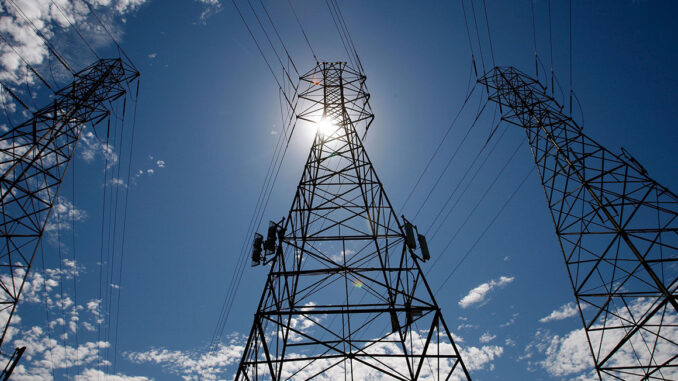
Summer is always a jittery time for the power industry — the electric grid doesn’t like extreme heat. It likes hurricanes even less. But nervousness appears to be running higher than usual — and for good reason.
Jim Robb, president and CEO of the North American Electric Reliability Corp. summed it up well in the organization’s quarterly meeting May 12: “Emerging risks are coming at us faster and with more frequency than ever before.”
Texas seemed to underscore the point Friday when temperatures soared and six power plants tripped offline, costing the state 2,900 MW. The grid operator, the Electric Reliability Council of Texas, asked people to conserve energy at a time when they least want to – it was unseasonably hot.
The Texas scare occurred just a few weeks after two other grid operators — for California and the middle states — warned of upcoming power shortfalls.
The Midcontinent Independent System Operator said that it may have to impose controlled outages when demand peaks on the system this summer because it lacks enough firm generation. With warmer-than-normal temperatures forecast for the region, the grid operator said it may need emergency resources and imports to keep its electric system reliable.
In California, the troubled power system, already lumbering under the threat of wildfire-related power outages, now faces a possible power shortfall of 1,700 to 5,000 MW, according to a recent briefing by Governor Gavin Newsom’s administration and energy policymakers, regulators and planners.
All of this comes as high natural gas prices are driving up electricity prices for consumers. The New York Public Service Commission has warned that it expects electricity bills to be about 12% higher this summer than last, or about $50 more per month for the average residential customer.
Adding to all of this, hurricane season begins June 1 and it looks like it may be an active one — about 130% above the average with 19 named storms, four of them with winds over 111 mph, according to forecasters at Colorado State University.
However, there is good news. We keep getting reports of microgrids coming online to help keep the power flowing and manage energy costs in troubled regions. For example, San Diego Gas & Electric last month completed one of four microgrids planned where wildfire risk is high. Called the Ramona microgrid, it is especially important because it will serve the base of operation for CAL FIRE and the US Forest Service’s aerial firefighting assets. The zero-emissions microgrid uses 500 kW/2,000 kWh of battery storage.
Of course, microgrids are being built elsewhere, too, in places not prone to nature’s ferocity because it doesn’t have to be something as dramatic as a wildfire, hurricane or heat wave to disrupt power. Vehicles are everywhere and they, too, tend not to be friends of the grid, as illustrated in a power outage last week described in a LinkedIn post by Todd Price, vice president for customer solutions at Enchanted Rock.
Source: Microgridknowledge.com



